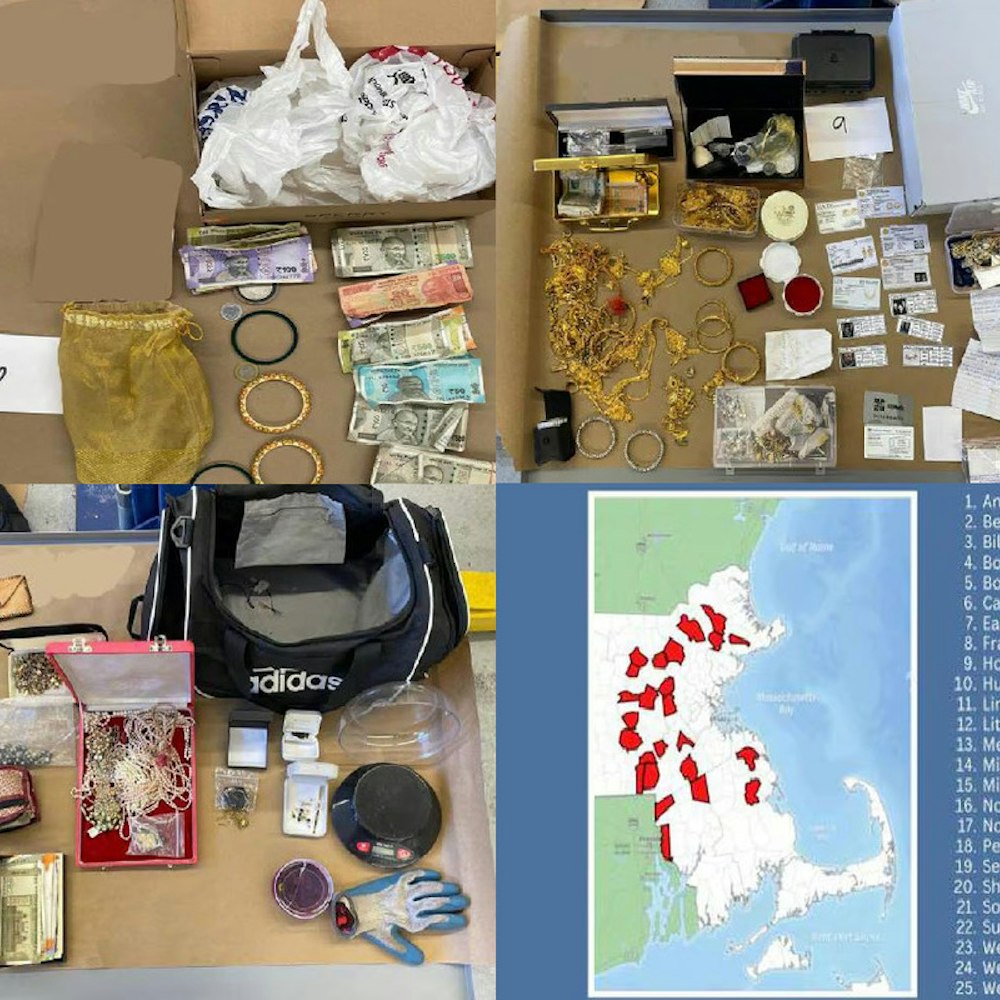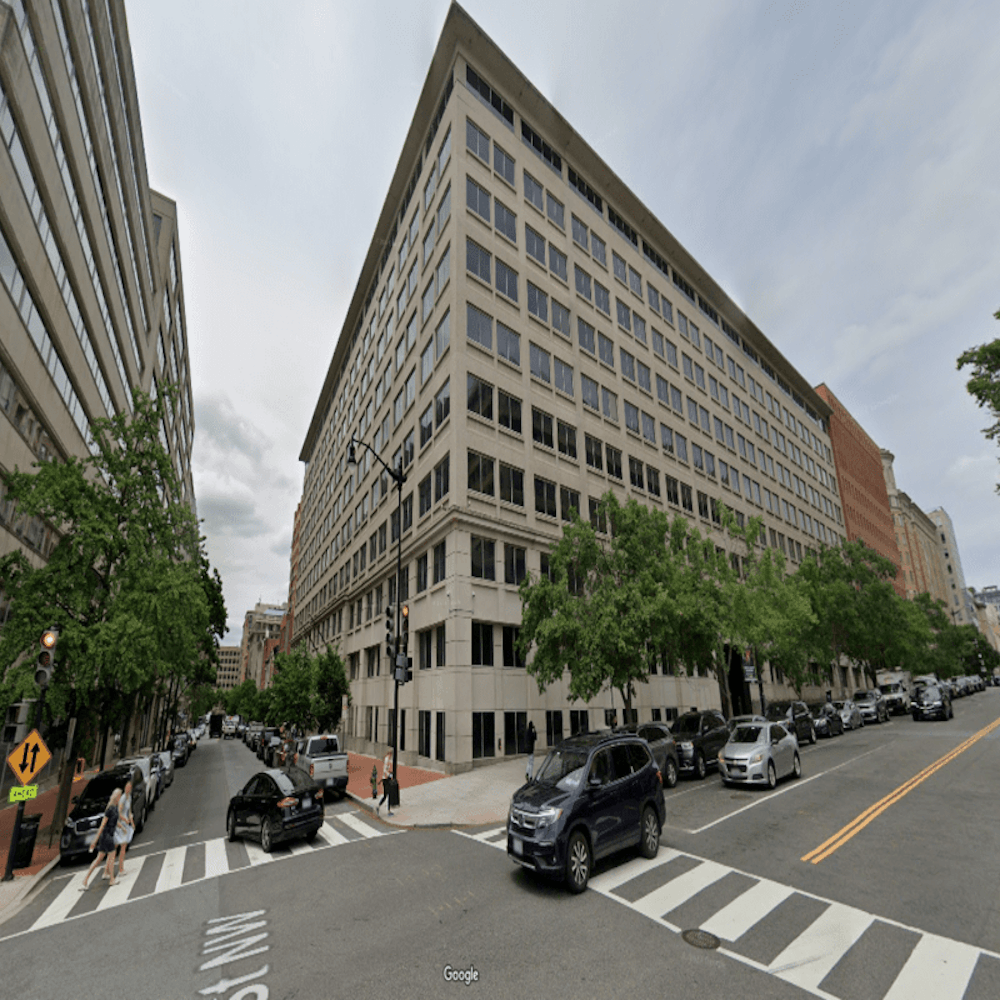
Crime incidents in Washington saw an overall decrease last week, after a previous rise, according to data from SpotCrime, which collects data from police agencies and validated sources. Incidents fell to 520 for the week of Jan. 7, down from 613 the week before.
The offenses that decreased the most were theft and assault. Theft fell to 411 incidents last week, from 476 the week before. Assault went from 53 to 27.

There were four reported shooting incidents last week. That represents a decrease from nine incidents the previous week. There were also 42 incidents of robbery, down from 43 the week before.
Among the few types of offenses that saw an uptick last week, reports of burglary went from 26 to 27.

There were eight reports of "other" crimes, an increase of three from the previous week. SpotCrime's broad "other" category includes a variety of offenses like fraud, trespassing, public disturbance and traffic violations. SpotCrime data also indicates that one arrest was made last week, the same number as the week before.
As far as where crime is concentrated in the city, Anacostia, Capitol Hill and Eckington continued to have the most reported incidents last week.
Crime in Columbia Heights decreased the most. Crime reports in Anacostia also fell for a second week, and incidents in Georgetown are down considerably as well.
Regarding when crime most often occurs, Mondays, Fridays and Thursdays saw the most reported crimes last week. The largest decrease from the previous week occurred on Sundays, Wednesdays and Saturdays, while incidents on Tuesdays and Fridays went up. After midnight, early afternoon and late afternoon saw the most crime last week.
To report a crime in progress or life-threatening emergency, call 911. To report a non-urgent crime or complaint, contact your local police department.
Head to SpotCrime to get free local crime alerts in your area.
This story was created automatically using local crime data, then reviewed by an editor. Click here for more about our data sources and local crime methodology. Got thoughts about what we're doing? Go here to share your feedback.









